Role Mountaineer | Name Hermann Buhl Occupation Mountaineer | |
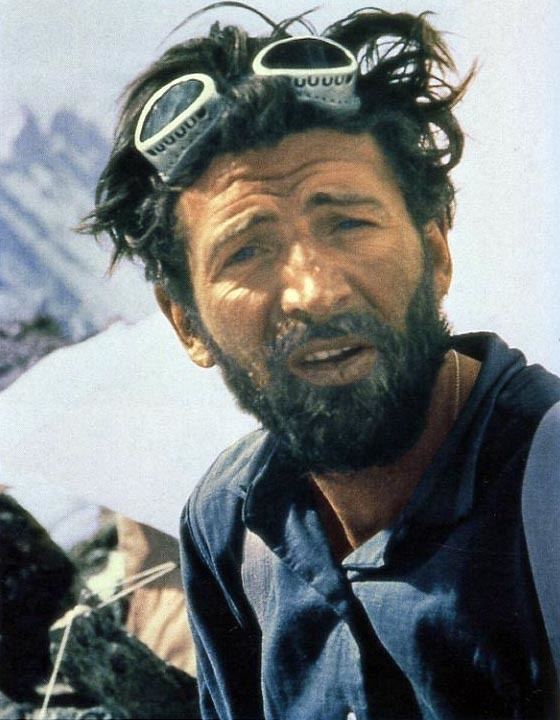 | ||
Books Nanga Parbat pilgrimage, Du Tyrol au Nanga Parbat Similar People | ||
Broad peak 2015 trailer de el espi ritu de hermann buhl
Hermann Buhl (21 September 1924 – 27 June 1957) was an Austrian mountaineer and is considered one of the best climbers of all time. He was particularly innovative in applying Alpine style to Himalayan climbing. His accomplishments include:
Contents
- Broad peak 2015 trailer de el espi ritu de hermann buhl
- Hermann buhl sportler holzfigurenkabinett
- Early life
- Legacy
- Publications
- References
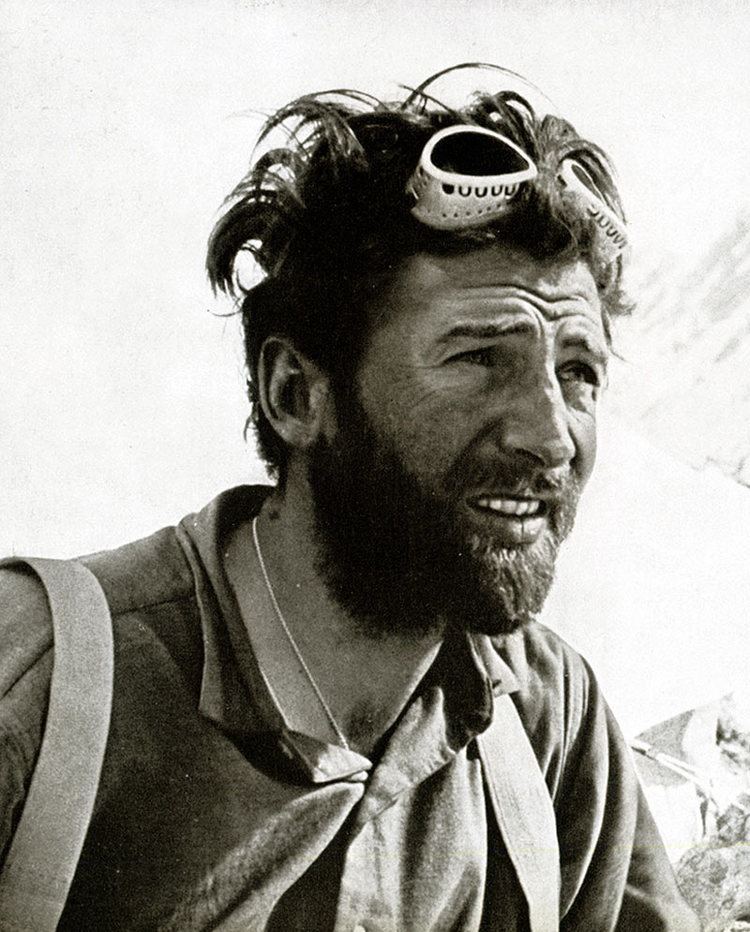
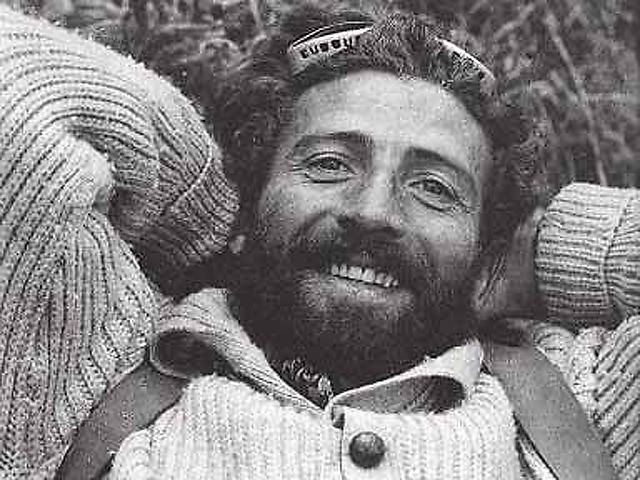
Before his successful Nanga Parbat expedition, 31 people had died trying to make the first ascent.
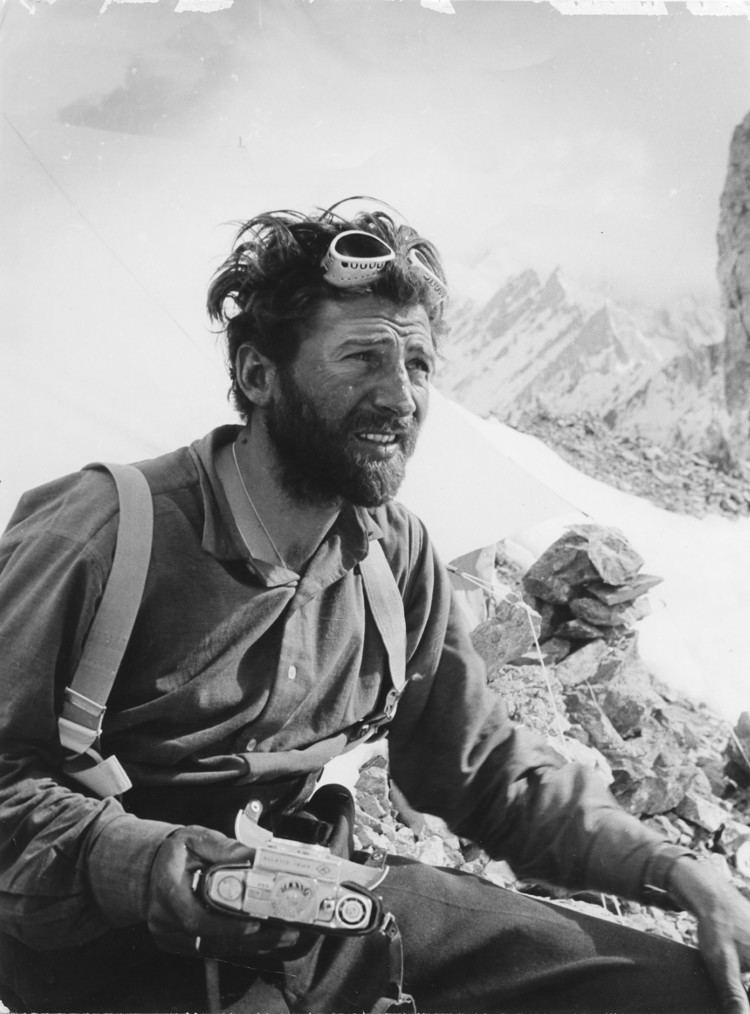
Buhl is the mountaineer to have made the first solo ascent of an eight-thousander. His climbing partner, Otto Kempter, was too slow in joining the ascent, so Buhl struck off alone. He returned 41 hours later, having barely survived the arduous climb to the summit, 4 miles distant from, and 4,000 feet higher than camp V. Experienced climbers, upon hearing later of Buhl's near-death climb, faulted him for making the attempt solo. Regardless, his monumental efforts, along with spending the night untethered, on the edge of a 60-degree ice slope, standing on a tiny pedestal too small to squat upon, have become mountaineering legend.
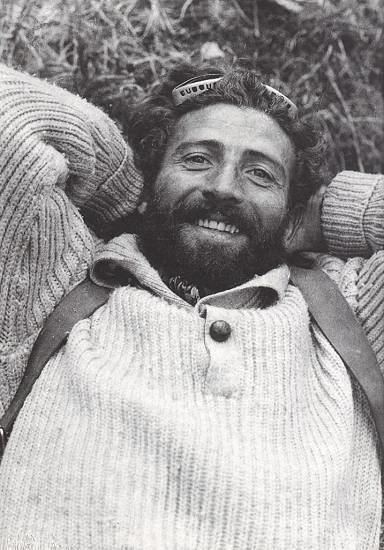
Just a few weeks after the successful first ascent of Broad Peak (with Fritz Wintersteller and Marcus Schmuck), Buhl and Kurt Diemberger made an attempt on nearby, unclimbed Chogolisa (7665 m) in Alpine style. Buhl lost his way in an unexpected snow storm and walked over a huge cornice on the south-east ridge, near the summit of Chogolisa II (7654 m; also known as Bride Peak), subsequently triggering an avalanche that hurled him down 900 m over Chogolisa's north face. His body could not be recovered and remains in the ice.
Hermann buhl sportler holzfigurenkabinett
Early life
Buhl was born in Innsbruck, the youngest of four children. After the death of his mother, he spent years in an orphanage. Before Scouting was banned in Austria Hermann Buhl was a Cub Scout in Innsbruck. In the 1930s, as a sensitive (and not very healthy) teenager, he began to climb the Austrian Alps. In 1939, he joined the Innsbruck chapter of the Deutscher Alpenverein (the German Alpine association) and soon mastered climbs up to category 6. He was a member of the Mountain rescue team in Innsbruck (Bergrettung Innsbruck).
World War II interrupted his commercial studies, and he joined the Alpine troops, mostly on the Monte Cassino. After being taken prisoner by American troops, he returned to Innsbruck and earned his living doing odd jobs. At the end of the 1940s, he finally completed his training as a mountain guide.
Legacy
Hermann Buhl is still considered by alpinists and mountaineering historians to be the most complete and advanced mountaineer of his time. His ascents on rock and snow, solo and as a rope leader, his attitude towards the mountain and his physical elegance have been assessed by such contemporary luminaries as Kurt Diemberger, Marcus Schmuck, Heinrich Harrer, Walter Bonatti and Gaston Rébuffat. He was also an idol and hero of climbers of younger generations, such as Reinhold Messner, Peter Habeler and Hansjörg Auer.
Buhl can be considered a pioneer of Alpine style mountaineering in the Himalayas, a style defined by light-weight expedition gear, little to no fixed ropes and the relinquishing of bottled oxygen.
